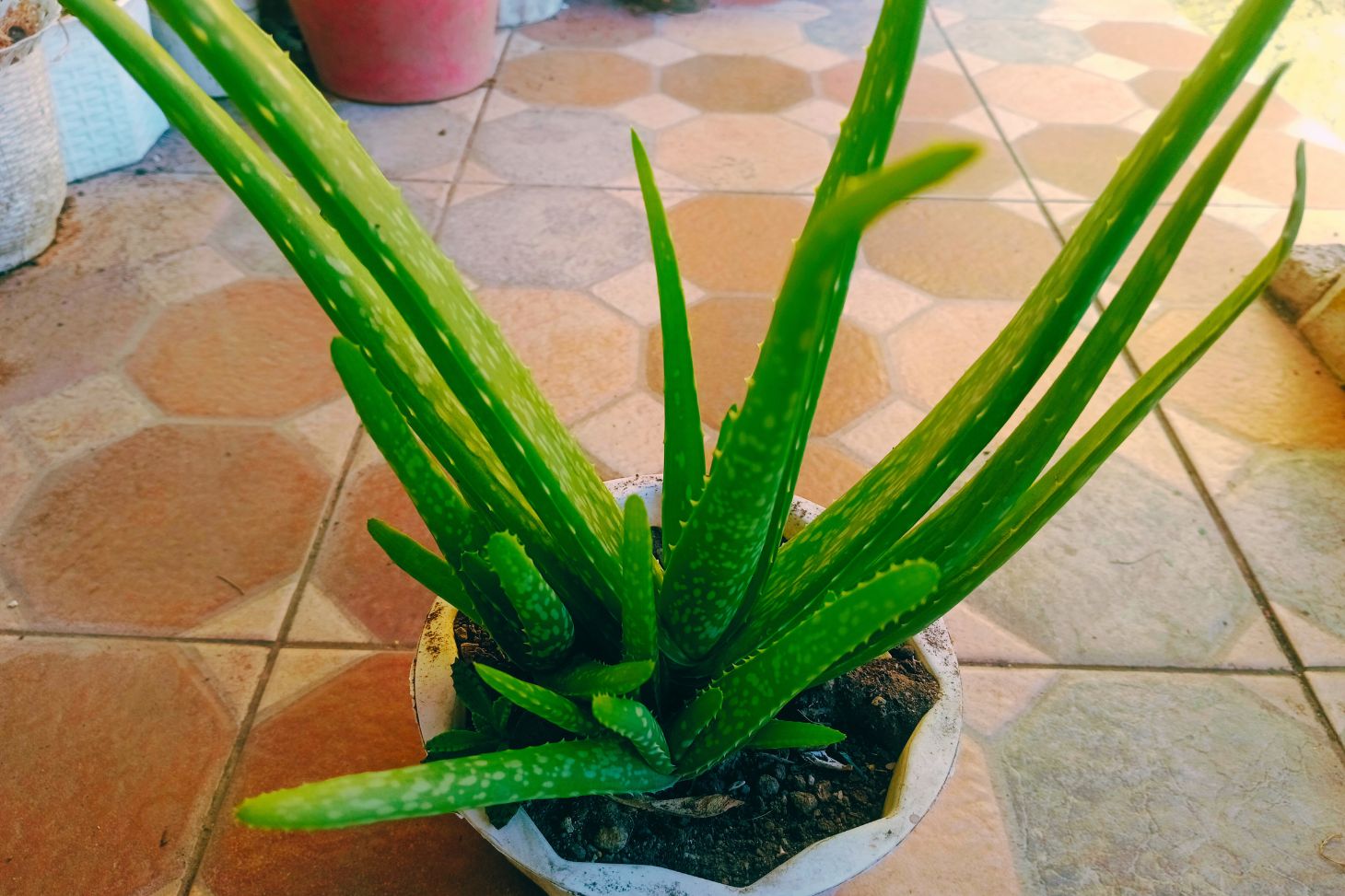Aloe Vera Plant History
Aloe vera is a plant with an amazing past. Did you know it’s been used for over 4,000 years? That’s right! This spiky green plant has quite a story to tell.
People have loved aloe vera for a long time. It first grew in hot, dry places like the Arabian Peninsula. But now it grows all over the world. Aloe vera has been used to treat skin issues, help digestion, and even as a beauty product since ancient times.
You might see aloe vera in many products today. From creams to drinks, it’s everywhere! This plant’s journey from desert dweller to global superstar is pretty cool. Its history is full of interesting facts and uses that you might not know about.
A Brief History of Aloe Vera
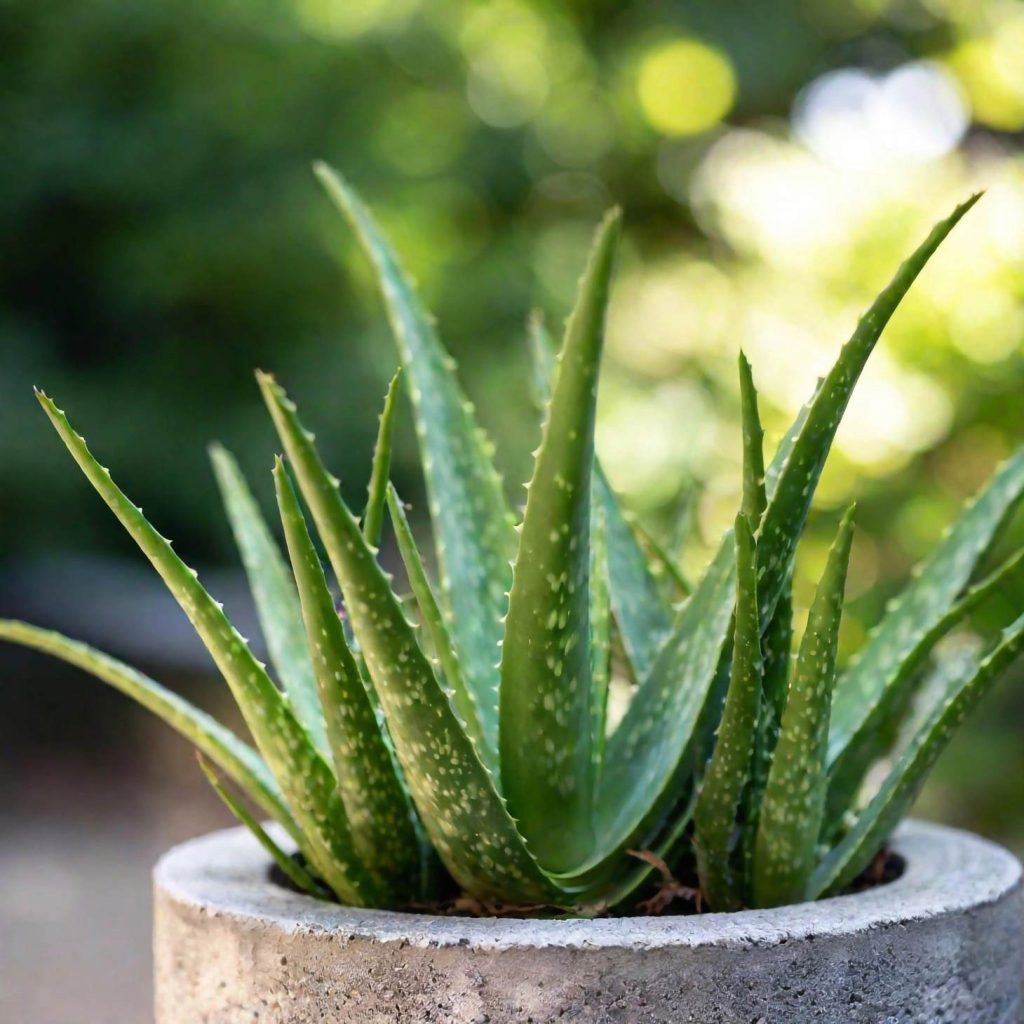
Aloe vera has been used for thousands of years. People have valued it for its healing properties and spread it across the world. Let’s look at how this plant became so popular.
Origins and Evolutionary History
Aloe vera comes from the Arabian Peninsula. It grew in hot, dry places. Over time, the plant changed to survive in tough conditions. Its thick, succulent leaves store water. This helps aloe vera live in areas with little rain.
Scientists think aloe vera has been around for millions of years. It belongs to a family of plants called Asphodelaceae. Aloe vera has over 500 relatives. But it’s the most well-known of its kind.
Spread Across Trade Routes
As people traveled, they took aloe vera with them. Traders moved the plant along busy routes. They went through Africa, Asia, and Europe. Ships carried aloe vera across oceans too.
The plant was popular because it was easy to grow. It didn’t need much water. People could use it for medicine and skin care. Farmers started growing aloe vera in new places. Soon, it was found all over the world.
Popularity Through the Ages
Many ancient cultures used aloe vera. Egyptians called it the “plant of immortality.” They used it in burial rituals. Greeks and Romans used it to heal wounds.
In the Middle Ages, people still valued aloe vera. They used it to treat skin problems and digestive issues. By the 1800s, it was common in many countries.
Today, aloe vera is in lots of products. You can find it in drinks, lotions, and medicines. People grow it at home too. Its long history shows how useful this plant has been to humans.
Botanical Characteristics
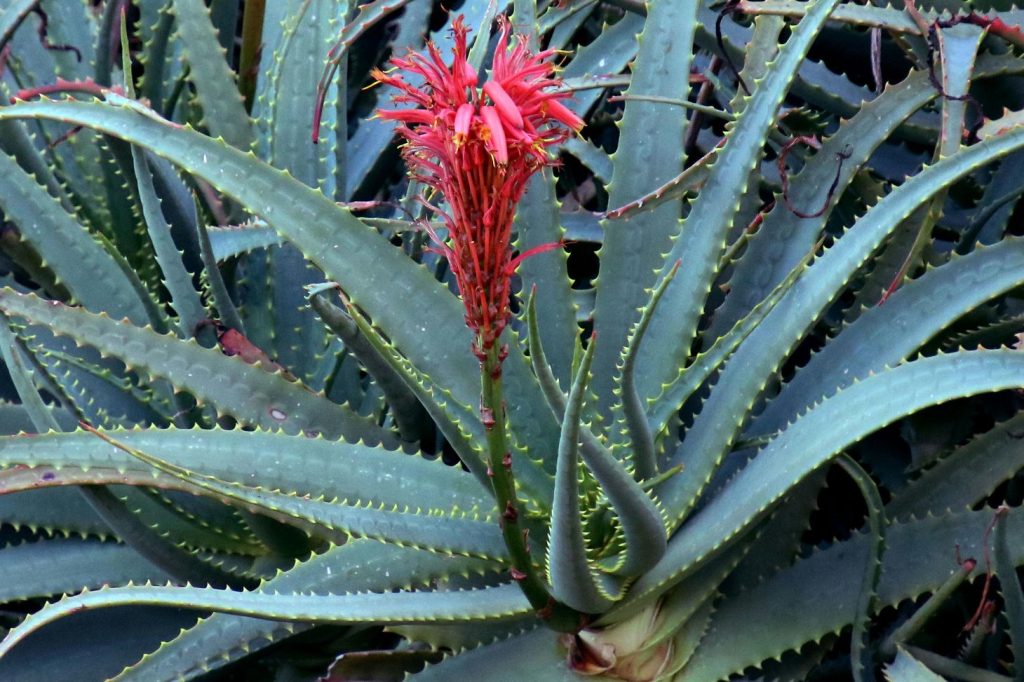
Aloe vera has some unique features that set it apart from other plants. It belongs to a family of succulents with special adaptations for storing water.
Defining Features of Aloe Vera
Aloe vera is a succulent plant with thick, fleshy leaves. The leaves grow in a rosette pattern and can reach up to 2 feet long. They have serrated edges and a waxy coating.
Inside the leaves, you’ll find a clear gel. This gel helps the plant store water. The outer part of the leaf is called the rind. It protects the inner gel.
Aloe vera flowers can be yellow, orange, red, pink, or white, depending on the species. They grow on tall stalks that rise above the leaves. The plant rarely flowers when grown indoors.
Aloe Vera and Its Relatives
Aloe vera is part of the Aloe genus. This group includes over 500 species of succulent plants. Some close relatives are Aloe arborescens and Kumara plicatilis.
All aloes share the trait of leaf succulence. This means their leaves can hold lots of water. It helps them survive in dry climates.
Other related groups are Aloidendron, Aloiampelos, and Aristaloe. These plants used to be part of the Aloe genus but are now separate. They all have similar features that help them thrive in arid areas.
Aloe Vera in Traditional and Modern Medicine
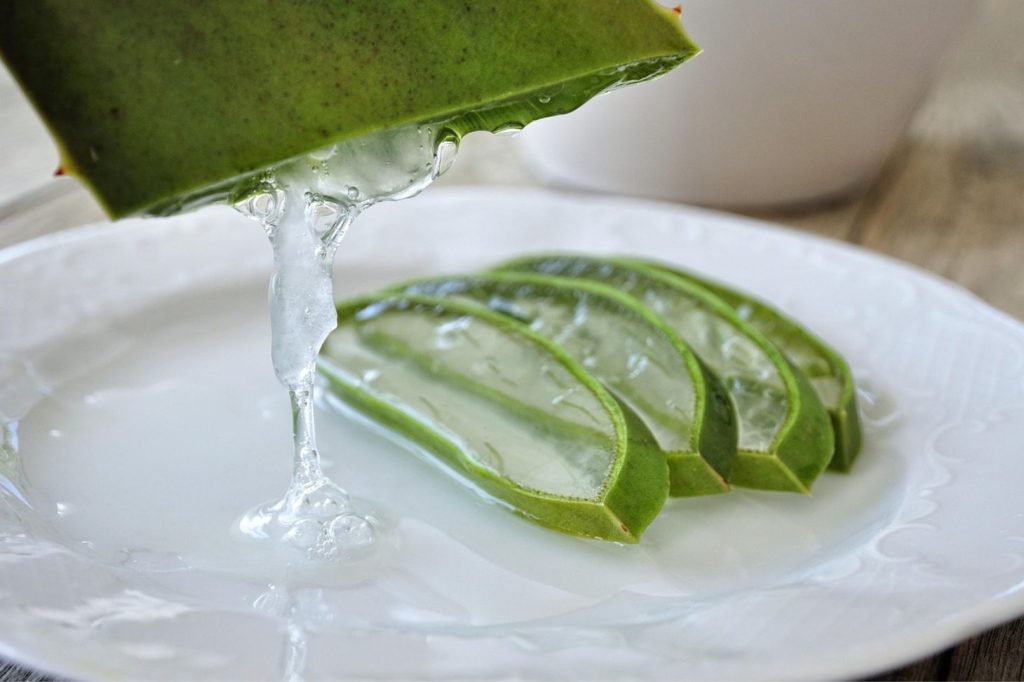
Aloe vera has been used for thousands of years to treat various health issues. Its gel and sap offer many benefits for your skin and body.
Historical Medicinal Uses
Ancient Egyptians called aloe vera the “plant of immortality.” They used it to treat infections, skin problems, and digestive issues. In ancient Greece and Rome, doctors applied aloe gel to wounds to speed up healing. Chinese medicine valued aloe as a “Method of Harmony” for balancing the body.
You could find aloe in many traditional remedies across cultures. People used it to:
- Soothe burns and skin irritations
- Treat constipation
- Reduce fever
- Help with digestion
Aloe was so valued that it became known as a “miracle plant” in many places.
Contemporary Health Benefits
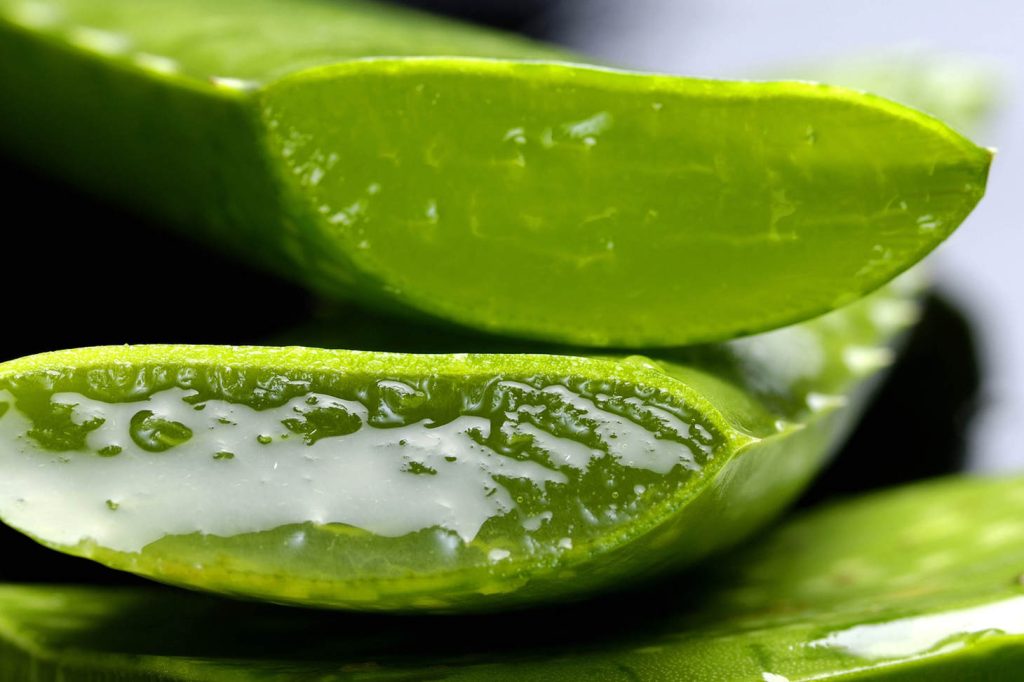
Today, you can find aloe vera in many products. Its gel is still used for skin care and healing. Some ways you might use aloe now include:
- Applying gel to sunburns
- Using creams with aloe for dry skin
- Taking aloe juice for digestive health
Studies show aloe may help with:
- Lowering blood sugar
- Reducing dental plaque
- Speeding up wound healing
While more research is needed, aloe remains popular in both traditional and modern medicine. Its long history and current uses show its lasting value for health and wellness.
Cultivation and Agriculture
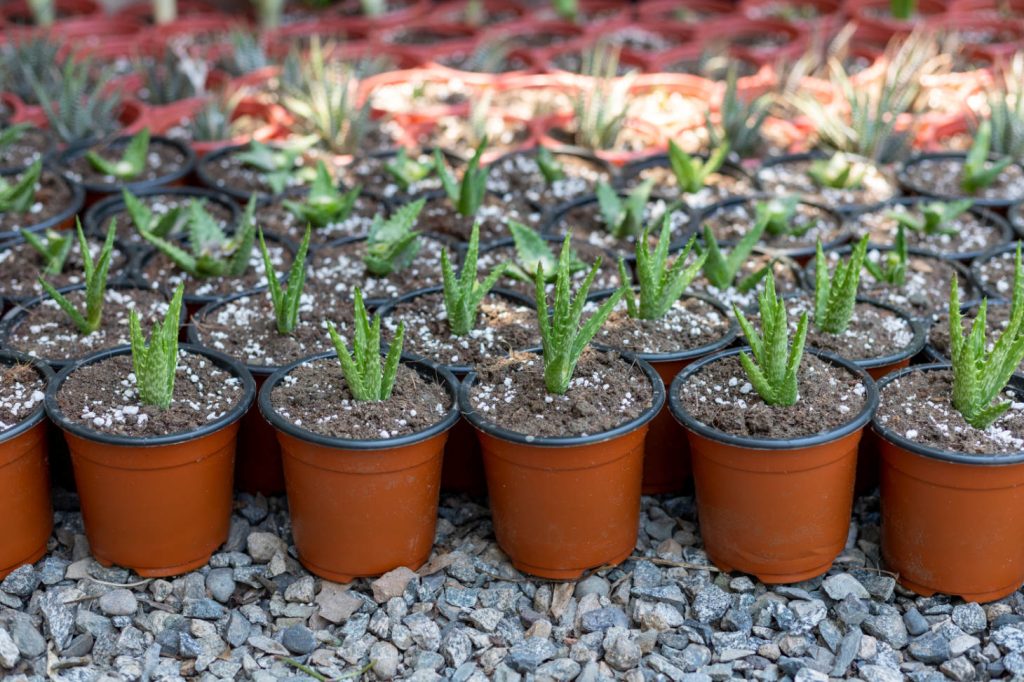
Aloe vera is easy to grow and has many uses. You can grow it at home or on farms. Let’s look at how to grow this helpful plant and its commercial uses.
Growing Aloe Vera
You can grow aloe vera in pots or in your garden. It’s a succulent, so it needs well-draining soil.
Happy aloe vera? Use Spike and Bloom Succulent Soil. It’s the perfect mix for healthy growth, way easier than mixing your own! Get it here.
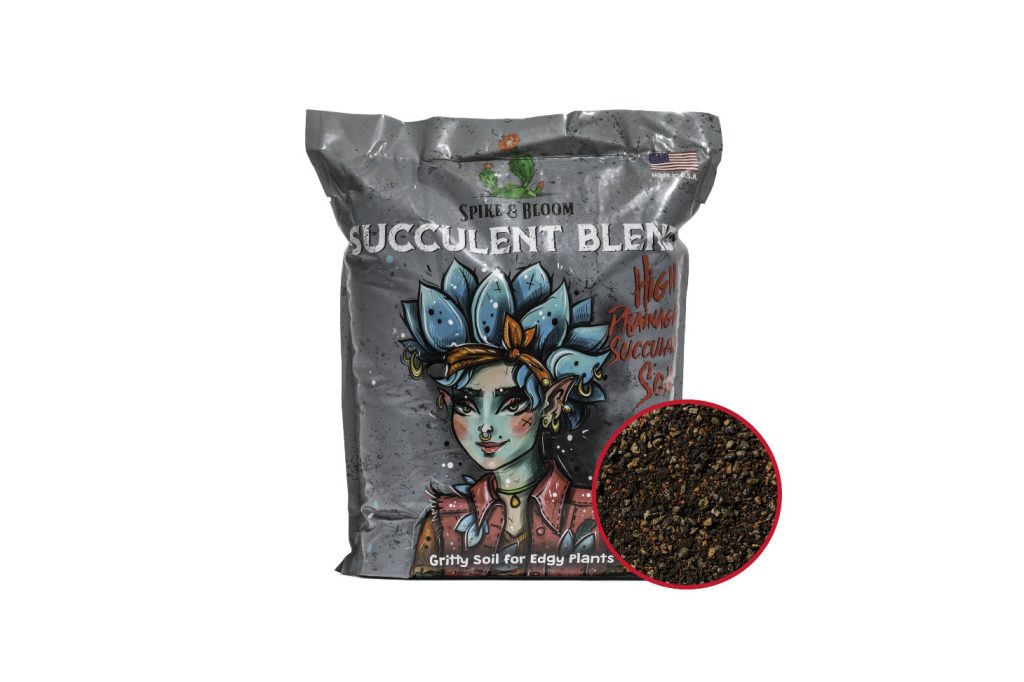
Plant it in a sunny spot, but some shade is okay too. Don’t water too much. Let the soil dry between waterings.
Aloe likes warm weather. If you live somewhere cold, keep it indoors in winter. You can grow new plants from “pups” that grow around the mother plant. Just cut them off and replant.
To keep your aloe healthy, give it space to grow. Remove dead leaves and check for pests. With good care, your aloe plant can live for years.
Aloe Farming and Commercial Uses
Aloe farming is big business. Farms grow acres of aloe for its gel and other parts. The gel is used in drinks, cosmetics, and medicines.
To farm aloe, you need the right climate. It grows best in warm, dry areas. Farmers plant rows of aloe and use drip irrigation. They harvest leaves by hand to avoid damage.
After harvest, the gel is extracted quickly. It’s then processed for different products. Some farms grow special types of aloe for better gel yield.
Aloe farming helps local economies. It creates jobs and income. As demand grows, so does aloe cultivation around the world.
Scientific and Genetic Understanding
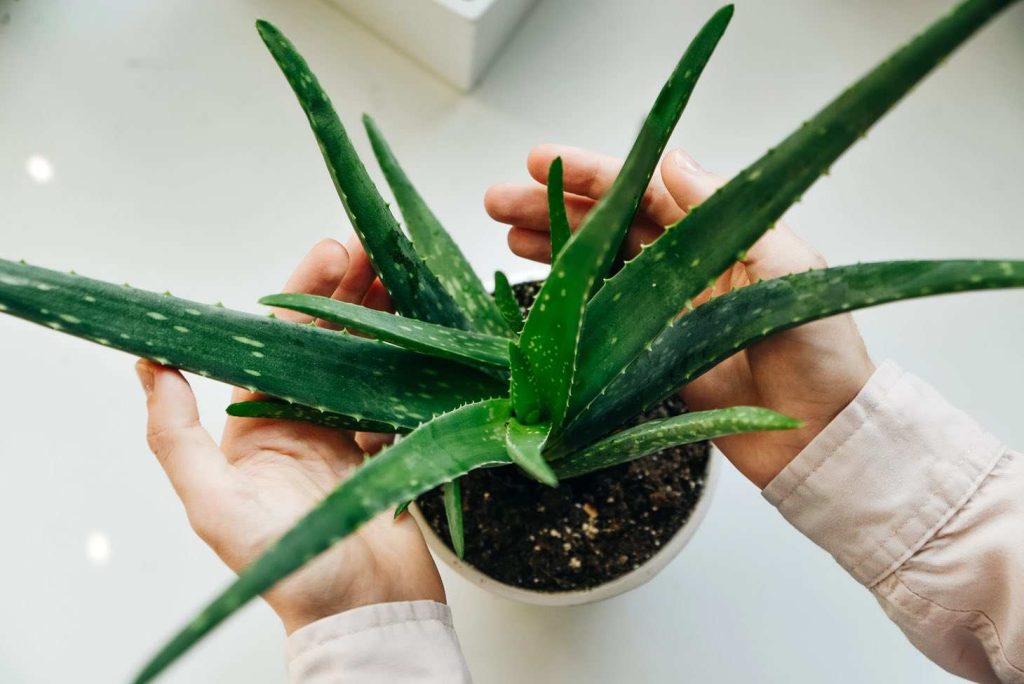
Scientists have made big steps in learning about the aloe vera plant. They’ve looked at its genes and family tree to find out where it came from and how it’s related to other plants.
Aloe Vera Genetics
Aloe vera has special genes that help it survive in dry places. These genes make the plant store water in its thick leaves. The leaves are full of a gel-like stuff that has lots of good things in it.
This gel has carbohydrates called polysaccharides. They’re why aloe vera is so good for your skin and health. Scientists are still studying the plant’s DNA to learn more about how it makes these helpful chemicals.
Phylogeny and Phylogenetic Analyses
Researchers have used new ways to study aloe vera’s family tree. They found out that it’s from the Arabian Peninsula, not Africa like people used to think.
When they looked at how aloe vera is related to other aloe plants, they saw something interesting. Aloe vera is closely related to most other aloes that people use for medicine.
This discovery helps explain why aloe vera is so popular. It might have special traits that other aloes don’t have. Scientists are still working to understand more about aloe vera’s place in the plant world.
Conservation and Environmental Impact
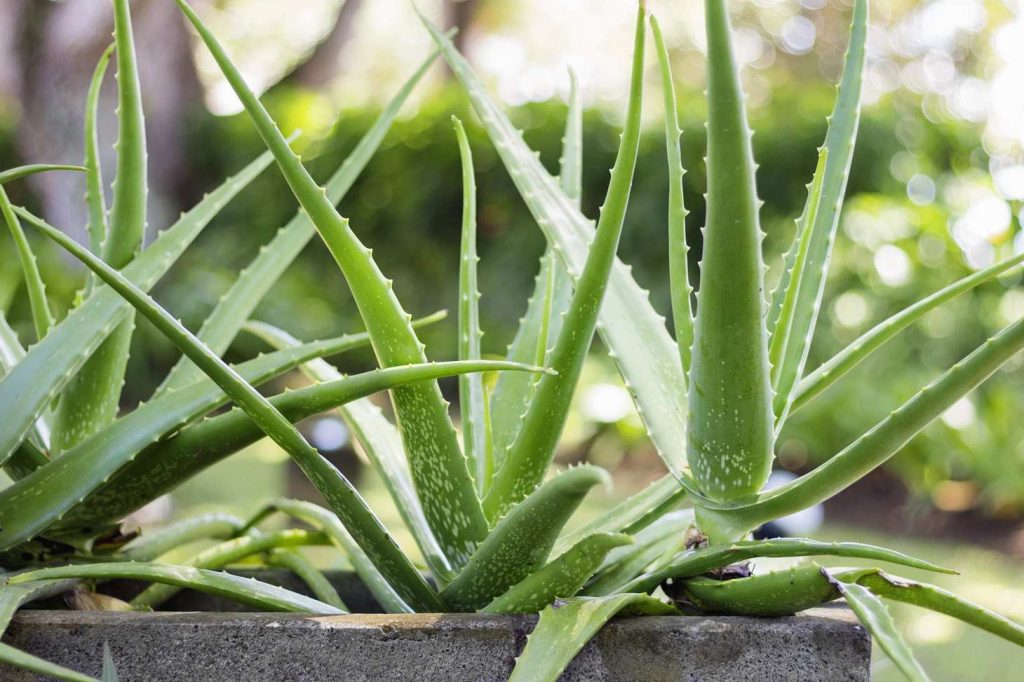
Aloe vera’s growing popularity has led to concerns about its conservation and effects on the environment. Efforts are underway to ensure sustainable practices and regulate trade.
Sustainable Practices
You can help protect aloe vera by supporting sustainable farming methods. These include using organic fertilizers and pest control.
Rotating crops and intercropping with other plants can improve soil health. It also creates habitats for local wildlife. You might see aloe vera farms using drip irrigation to save water in dry areas.
Aloe Vera in the Global Market
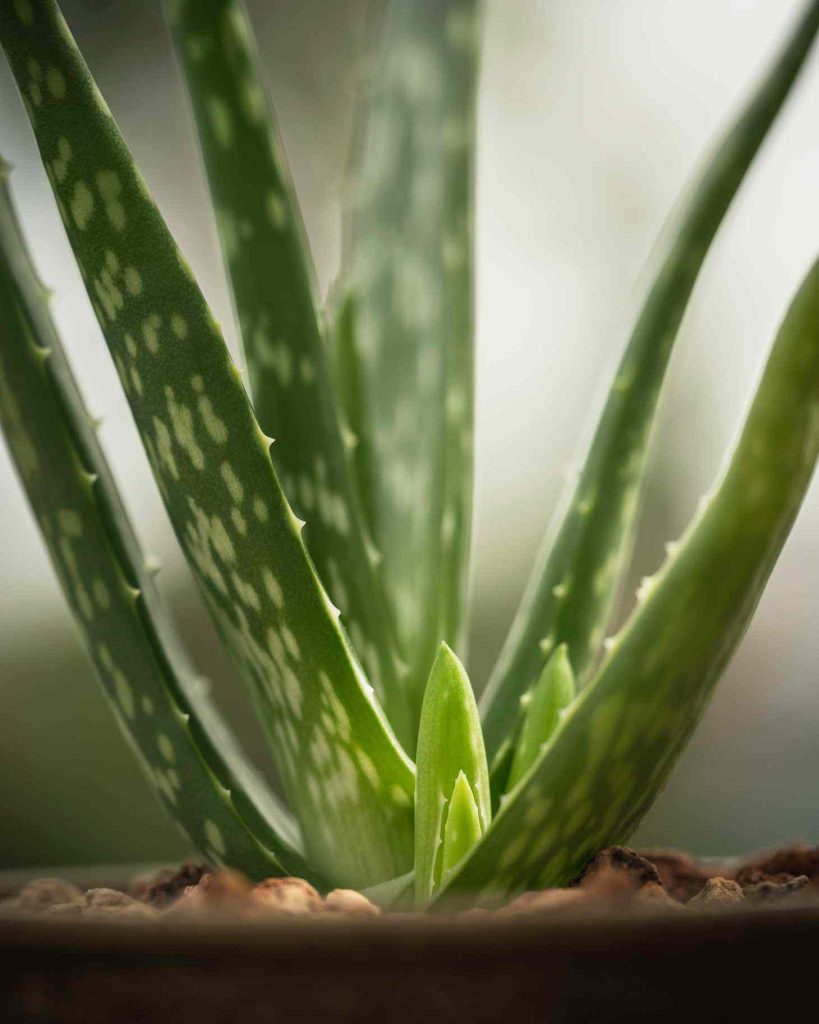
Aloe vera has become a major player in the global marketplace. Its economic impact and trade patterns have grown significantly in recent years.
Economic Significance
The aloe vera industry is booming. The worldwide market for aloe products is worth approximately $1.52 billion in 2024, projected to reach $2.53 billion by 2031. That’s a lot of money!
Aloe is used in many different products you might buy:
- Skincare creams and lotions
- Health drinks and supplements
- Pet care items
- Shampoos and conditioners
Companies big and small are cashing in on aloe’s popularity. It’s creating jobs and boosting economies in places where aloe is grown and processed.
Production and Trade
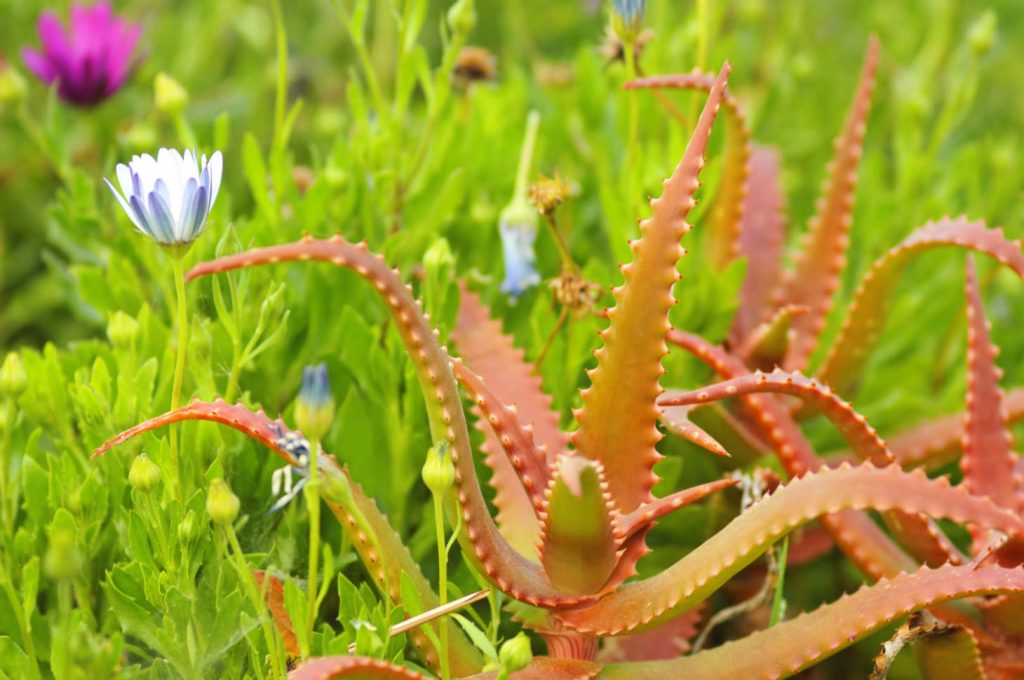
Aloe vera is now grown all over the world. Top producers include:
- Mexico
- Dominican Republic
- India
- Thailand
These countries ship aloe gel and powders to many other nations. The U.S. is a big buyer of aloe products.
Trade routes for aloe aren’t new. People have been moving aloe around for thousands of years. Ancient traders carried it across the Red Sea and Mediterranean as early as the 300 BC.
Today, aloe moves by ship, plane, and truck to reach customers everywhere. You can find aloe products in nearly every country on Earth.

